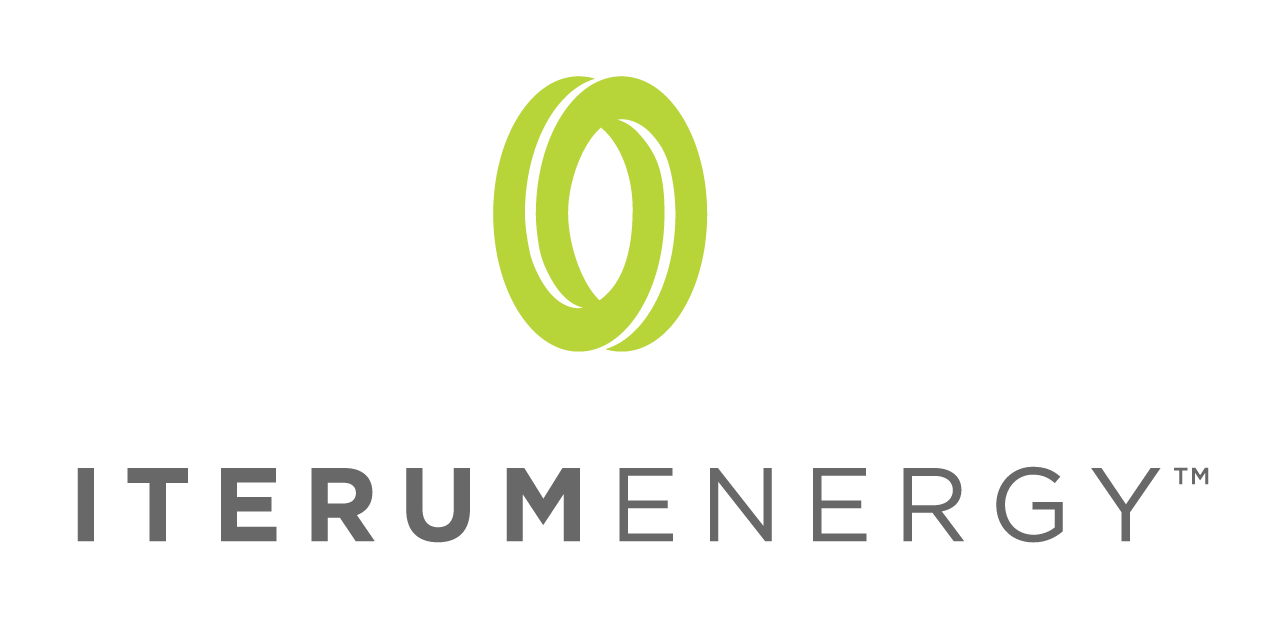Waste-To-Energy - Ultimate Recycling?
[ Don't miss ITerum's RegCF (Crowdfunded) Green Energy Opportunity. Click Here! ]
Waste-to-energy is a power generation process that uses waste materials to produce electricity. It's been around for centuries. The first recorded waste-to-energy plant was built in England in 1213. However, it wasn't until the late 1800s that large-scale waste-to-energy plants began to be built in Europe and the United States.
Waste-to-energy is a growing industry with many new facilities being built worldwide. There are currently over 90 waste-to-energy facilities in the United States.
Waste-to-energy is considered a renewable resource because it can be generated using waste material that would otherwise end up in landfills. Additionally, waste-to-power energy generation emits fewer greenhouse gases than traditional power generation methods using fossil fuels.
Waste-to-energy plants burn waste material to generate electricity. This electricity can then be used to power homes and businesses. Waste-to-energy plants also reduce the volume of waste that needs to be disposed of in landfills.
Some of the waste materials that can be used in this process include municipal solid waste, sewage sludge, and agricultural waste. In addition to generating electricity, the waste-to-energy process can also produce heat and hot water for industrial and commercial use.
There are several different types of waste-to-energy plants. The most common type is incineration. Incineration involves burning waste material at high temperatures in a furnace to produce steam. The steam is then used to power a turbine, which generates electricity. The resulting ash is then typically sent to a landfill.
Other types of waste-to-energy plants include plasma gasification and pyrolysis. Plasma gasification involves using high-energy plasma to break down waste material into its component parts. Pyrolysis involves heating waste material in the absence of oxygen.
Another popular method of waste-to-power energy generation is through the use of anaerobic digestion. This process involves breaking down organic waste material in the absence of oxygen to produce methane gas. The methane gas can then be used to power a generator, which produces electricity.
Waste-to-energy plants have several advantages over other waste disposal methods, such as landfills. For example, waste-to-energy plants can generate electricity, which can be used to power homes and businesses. Waste-to-energy plants also reduce the volume of waste that needs to be disposed of in landfills.
However, waste-to-energy plants also have some disadvantages. The most significant drawback is that they produce emissions that can harm human health and the environment. These emissions include carbon dioxide, nitrogen oxides, and sulfur dioxide. This is bound to improve as waste-to-energy technology becomes more and more refined over time.
Another disadvantage of waste-to-energy plants is that they require significant space. A typical plant takes up about 30 acres (12 hectares) of land.
Waste-to-energy plants are also expensive to build and operate. The cost of building a new plant can range from $500 million to $1 billion. The cost of running a waste-to-energy plant is also high due to the need for special equipment and trained personnel.
Despite the high cost of construction and operation, waste-to-power energy is an increasingly popular way to generate renewable electricity. This is partly due to the growing concern over climate change and the need for sustainable energy sources. Waste-to-power energy provides a clean and efficient way to generate electricity without harming the environment. Additionally, waste-to-power energy can help reduce the amount of waste that ends up in landfills.
As we move into the future, waste-to-energy will likely play an important role in helping us create a more sustainable world.
______
Did you know ITerum Energy has developed a waste-to-energy solution that captures wasted heat and turns it into clean electricity?
Click here to learn more and explore our RegCF (Crowdfunded) investment opportunity!
